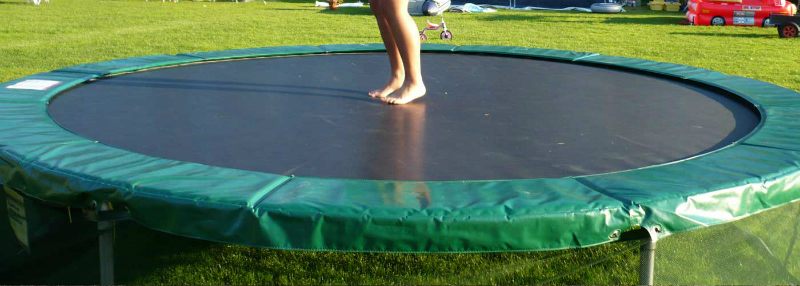Creating a beautiful and functional backyard begins with a solid foundation, and nothing is more fundamental than ensuring the ground is perfectly level. Whether installing a patio, garden bed, or play area, uneven surfaces can lead to drainage issues, unstable structures, and disappointing results.
Understanding Ground Leveling
Leveling the ground is crucial in any backyard renovation project, yet it is often underestimated. The process involves more than just moving soil around; it requires careful planning, the right tools, and understanding your yard’s unique characteristics. Many homeowners search online for guidance using the phrase How Do You Level Ground?, seeking clear steps and practical tips to achieve flawless results for their outdoor spaces. A level surface helps prevent water pooling, supports healthy grass or plants, and ensures that hardscape features such as decks or patios remain stable and safe over time.
Before beginning, assess the area for slopes, drainage patterns, and vegetation. Mark the space with stakes and string to outline the project area. Removing rocks, roots, and debris is essential to create a clean workspace. Once the area is cleared, determine the desired final grade, considering that a slight slope away from structures is necessary for proper drainage.
Steps for Effective Ground Leveling
Achieving a level surface involves a series of methodical steps. Start by loosening the soil with a rototiller or shovel, allowing easier manipulation and compaction. If the area is particularly uneven, add or remove soil as needed, spreading it evenly with a rake. Use a long, straight board and a carpenter’s level to check for flatness, moving soil as necessary to eliminate high or low spots.
Compaction is a vital step that many overlook. After raking, use a lawn roller or hand tamper to compact the soil, which helps prevent future settling and maintains an even surface. Watering the area lightly before and after compaction can help the soil settle more uniformly.
Consider layering and compacting soil in increments for larger projects to maintain stability. When working with clay or sandy soils, amendments such as compost or topsoil can improve structure and drainage, leading to better long-term results. Finally, allow the area to settle for a few days, checking periodically for any shifts or unevenness before proceeding with further construction or planting.
Tips for Lasting Results
A well-leveled backyard improves the appearance of your renovation and extends the life of your investment. Regularly inspect the area for signs of erosion or settling, especially after heavy rain. Address small dips or rises promptly to prevent larger issues down the road. Choosing quality materials and proper techniques ensures your backyard remains safe, attractive, and functional for years.
Consulting a local expert can provide peace of mind and save time for those seeking professional guidance or facing particularly challenging landscapes. The right approach and attention to detail at the outset pave the way for successful backyard transformations.
With a commitment to excellence and reliable service, LevelDry is a trusted partner for homeowners looking to achieve perfectly leveled ground and exceptional backyard renovation results.


